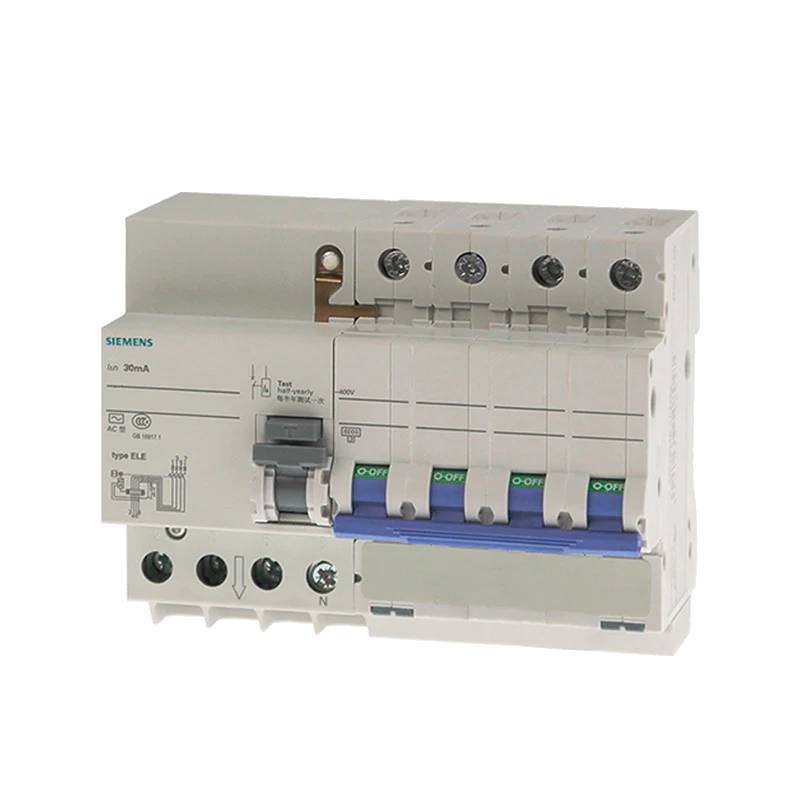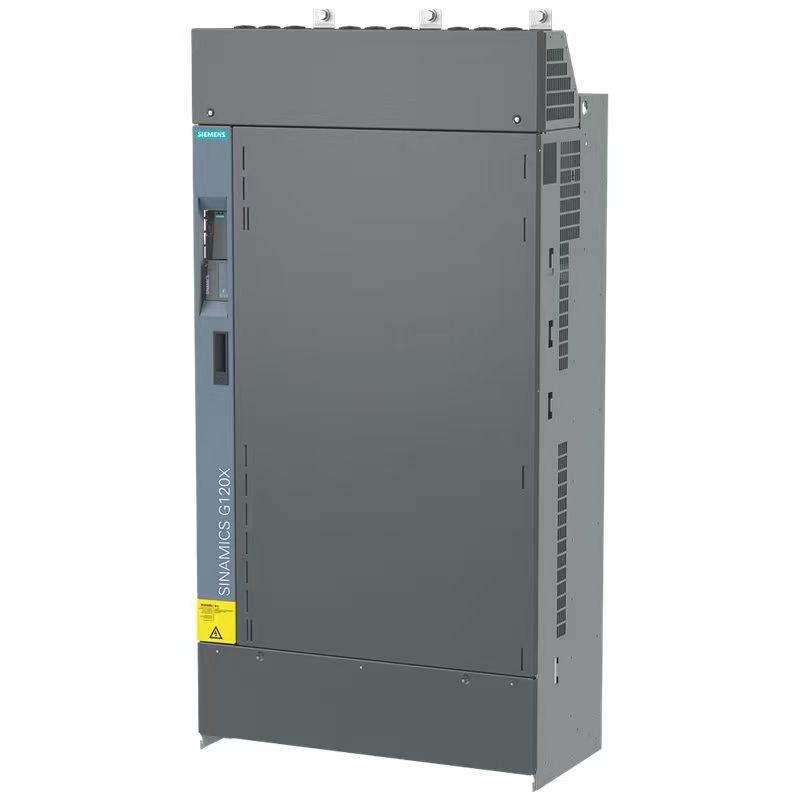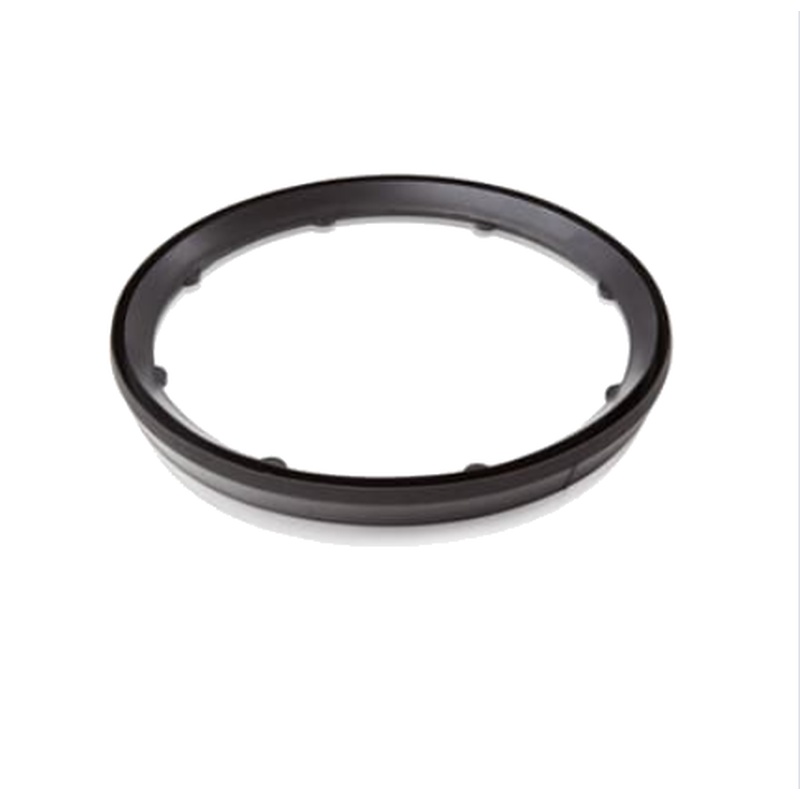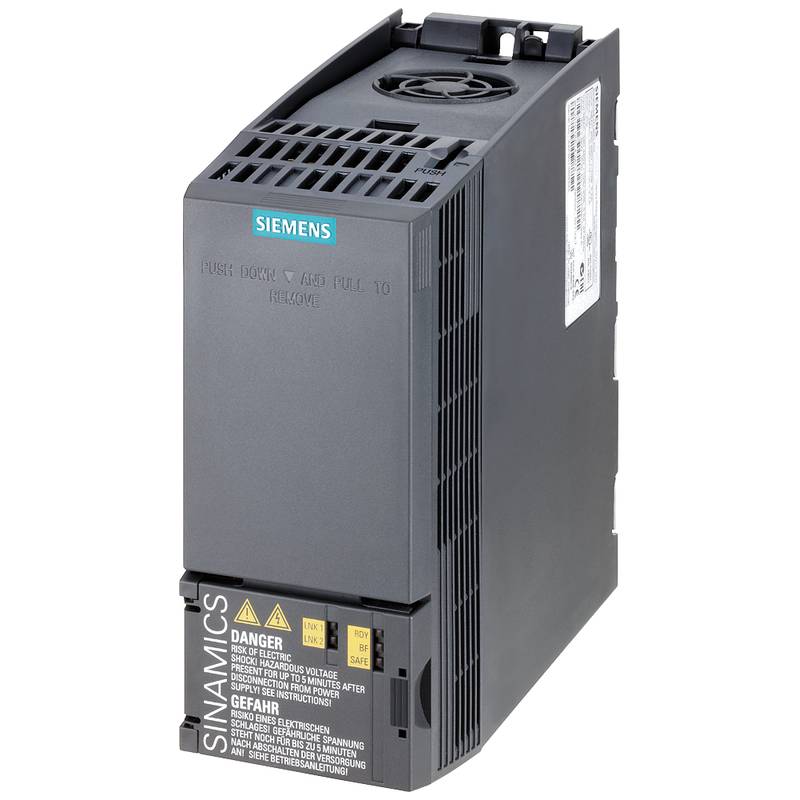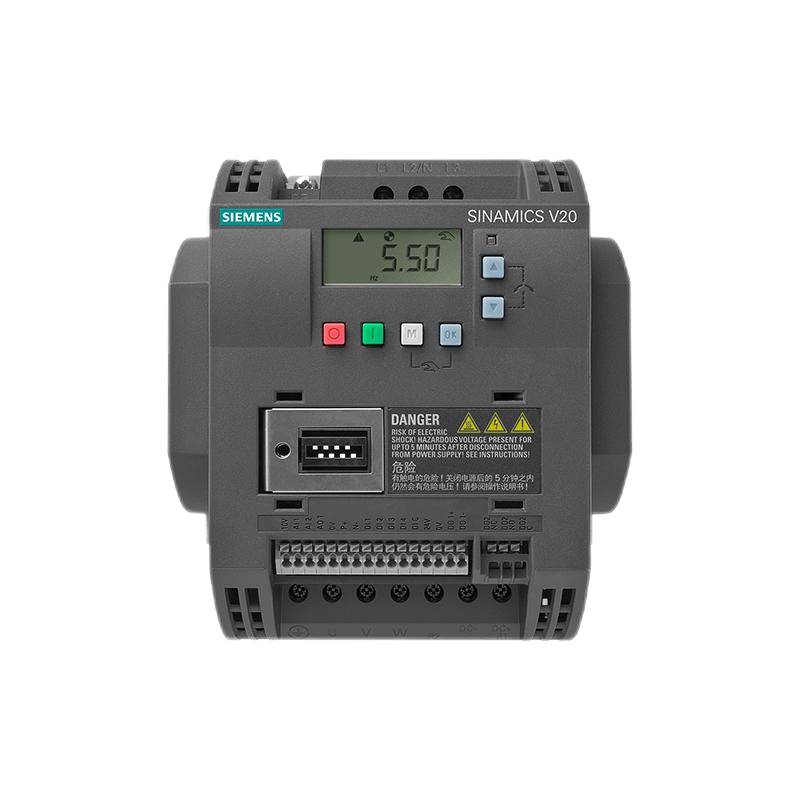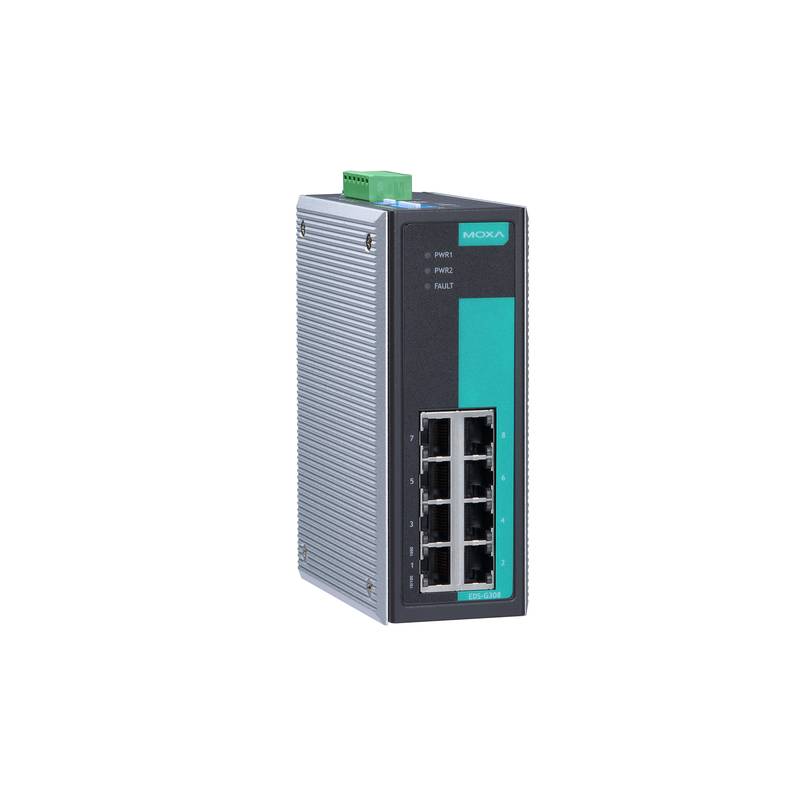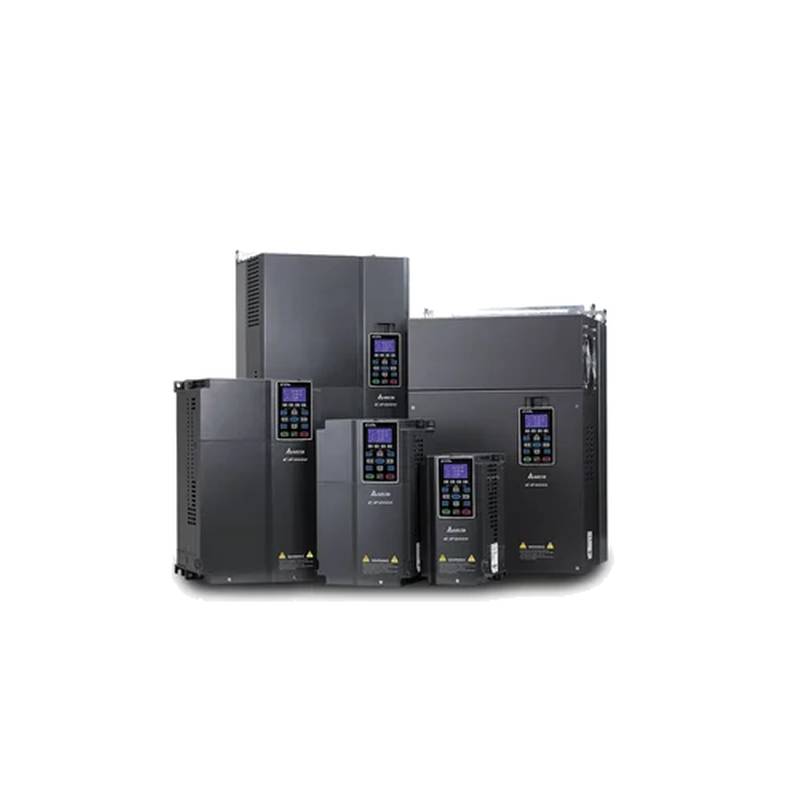
The Siemens 5SU9336-1CN10 is a high-performance residual current circuit breaker (RCCB) module designed for robust electrical protection in demanding industrial environments. This 10A, 30mA, 3-pole (3P) unit, with a Type C tripping characteristic, offers superior safety and reliability, safeguarding personnel and equipment against dangerous earth leakage currents and overload conditions. Its compact design and advanced technology position it as a critical component for ensuring operational integrity and compliance with stringent safety standards in various industrial sectors.
Product Specifications
| Feature | Specification |
| :------------------------ | :--------------------------------------------- |
| Product Type | Residual Current Circuit Breaker Module (RCCB) |
| Manufacturer | Siemens |
| Model Number | 5SU9336-1CN10 |
| Rated Current (In) | 10A |
| Residual Current (IΔn) | 30mA |
| Number of Poles | 3-Pole (3P) |
| Tripping Characteristic | Type C |
| Rated Voltage (Ue) | 400V AC |
| Rated Frequency | 50/60 Hz |
| Breaking Capacity (Icn) | 10 kA |
| Terminal Type | Screw Terminals |
| Mounting Type | DIN Rail |
| Operating Temperature | -25°C to +45°C |
| Protection Class | IP20 (enclosure), IP40 (front) |
| Compliance Standards | IEC/EN 61009-1, IEC/EN 61008-1 |
Core Features & Market Positioning
The Siemens 5SU9336-1CN10 stands out due to its robust construction and advanced tripping mechanisms, providing dependable protection against electrical hazards. Its Type C characteristic ensures it can handle moderate inrush currents typical of inductive loads without nuisance tripping, a critical advantage in motor control and industrial machinery applications. This differentiates it from standard Type B devices, offering a more tailored solution for specific industrial needs. Siemens' reputation for quality and reliability further solidifies the 5SU9336-1CN10's position as a trusted component for critical infrastructure protection.
Key Application Scenarios
This RCCB module is ideally suited for protecting circuits in industrial facilities, manufacturing plants, and commercial buildings where a higher degree of safety is paramount. It is commonly employed in distribution boards for controlling three-phase loads, such as motors, pumps, and heating systems. The 30mA sensitivity is crucial for preventing electric shock in areas with increased risk, including workshops and areas with conductive floors. Its ability to integrate seamlessly into standard DIN rail systems makes it a versatile choice for new installations and retrofits alike.
Practical System Integration Guidance
Integrating the Siemens 5SU9336-1CN10 into an existing electrical system is straightforward due to its standard DIN rail mounting and accessible screw terminals. Ensure proper torque is applied during wiring to guarantee secure connections and prevent overheating. For three-phase applications, connect the incoming live conductors to the designated L1, L2, and L3 terminals and the outgoing protected conductors accordingly. The neutral conductor should be connected to the N terminal. It is imperative to verify that the upstream circuit breaker or fuse rating does not exceed the module's breaking capacity of 10kA to maintain system integrity.
Operation and Risk Mitigation
The primary function of the 5SU9336-1CN10 is to detect residual currents and rapidly interrupt the circuit, thereby preventing electric shock and mitigating fire hazards caused by earth faults. Its sensitive 30mA rating provides effective personal protection. Regular testing using the integrated test button is essential to confirm operational readiness. In the event of tripping, identify the cause of the earth fault before resetting the breaker. Common issues include insulation breakdown in connected equipment or wiring faults. Always consult qualified electricians for troubleshooting complex faults.
Scalability & Long-Term Value
The modular design of the 5SU9336-1CN10 ensures excellent compatibility with other Siemens circuit protection devices, allowing for easy expansion and system upgrades. It integrates seamlessly with Siemens' broader range of industrial control and automation products, supporting the development of smart electrical systems and IIoT applications. This forward-compatibility provides long-term value by enabling future integration with digital monitoring and control platforms, enhancing overall system efficiency and predictive maintenance capabilities.
FAQs
What is the primary function of the Siemens 5SU9336-1CN10?
This device protects circuits from earth leakage faults. It also guards against overcurrents and short circuits. The 10A rating suits moderate load circuits.
It is designed to prevent electric shock hazards. The 30mA sensitivity ensures rapid disconnection. This is crucial for personnel safety in industrial settings.
The 3-pole configuration is ideal for three-phase power systems. It ensures protection across all live conductors simultaneously.
How do I install the 5SU9336-1CN10?
Mount the module securely on a standard DIN rail. Connect incoming three-phase live wires to L1, L2, L3. Connect the outgoing protected wires to the corresponding output terminals.
Connect the neutral wire to the designated N terminal. Ensure all connections are tightened to the specified torque. Verify proper polarity and connection order.
Before energizing, confirm all wiring is correct and that no short circuits exist. Conduct a functional test using the built-in test button.
What does the "3P C" in the product name signify?
"3P" indicates that it is a three-pole device. It is designed for three-phase electrical systems. This covers all live conductors of a three-phase supply.
"C" refers to the tripping characteristic. Type C breakers are designed for inductive loads. They allow for higher inrush currents without nuisance tripping.
This characteristic is common in industrial applications with motors and transformers. It balances protection sensitivity with operational reliability for such loads.
What are the main advantages of using a Siemens RCCB like the 5SU9336-1CN10?
It provides superior protection against electric shock. The 30mA residual current sensitivity is key. It also protects equipment from damage due to earth faults.
Siemens is known for high-quality, reliable components. This ensures long-term operational stability. Its robust design withstands harsh industrial environments.
The Type C characteristic offers flexibility for inductive loads. Its modular design simplifies integration and expansion within electrical systems.
Can the 5SU9336-1CN10 be used for single-phase applications?
While designed for three-phase systems, it can be adapted for specific single-phase needs. For single-phase, only two poles (L1 and N) would be actively used. The third pole would remain unused.
This is generally not the most cost-effective solution for single-phase circuits. Single-pole or two-pole RCCBs are typically preferred for such applications. However, it offers flexibility if three-pole capacity is ever needed.
It's important to follow wiring diagrams precisely if adapting for single-phase use. Ensure correct terminal usage to maintain safety and functionality.
What is the breaking capacity of this module?
The Siemens 5SU9336-1CN10 has a breaking capacity of 10 kA. This is denoted as Icn = 10kA. It signifies the maximum fault current it can safely interrupt.
This capacity is crucial for system protection. It ensures the breaker can handle potential short circuits. It prevents catastrophic failure of the device and surrounding circuits.
Ensure that the upstream overcurrent protective device (fuse or circuit breaker) has a lower or equal breaking capacity. This maintains the overall protective coordination of the electrical installation.
How often should the test button on the 5SU9336-1CN10 be operated?
The test button should be operated monthly. This is a standard recommendation for RCCBs. Regular testing verifies the tripping mechanism's functionality.
Pressing the button simulates an earth fault. This action checks the internal contactor and tripping coil. It confirms the device will operate when needed.
A successful test results in the breaker tripping. If it does not trip, the device may be faulty and requires inspection or replacement. Always reset the breaker after testing.
What are the environmental operating conditions for this RCCB module?
This module operates within a temperature range of -25°C to +45°C. It is designed for typical industrial ambient temperatures. Avoid extreme temperatures outside this range.
The enclosure offers IP20 protection. This means it's protected against solid objects larger than 12mm. The front face has IP40 protection against smaller objects.
Ensure the installation location provides adequate ventilation. Avoid areas with excessive dust, moisture, or corrosive substances. Proper environmental conditions ensure longevity and reliable operation.
Is the 5SU9336-1CN10 compatible with older Siemens electrical components?
Yes, Siemens products generally maintain a high degree of backward compatibility. This module uses standard DIN rail mounting. It fits with most standard distribution boards.
Its electrical specifications, like voltage and current ratings, are standard. This allows seamless integration with many existing Siemens circuit breakers and components. Consult Siemens documentation for specific compatibility checks.
This compatibility ensures ease of upgrades. It minimizes the need for wholesale system replacement when expanding or modernizing. It adds to the long-term value proposition.
What type of loads is the Type C tripping characteristic best suited for?
Type C is ideal for circuits with moderate inductive loads. This includes electric motors, transformers, and fluorescent lighting ballasts. These loads experience higher inrush currents upon startup.
The Type C curve allows for inrush currents up to 5-10 times the rated current. This prevents nuisance tripping of the circuit breaker. It ensures reliable operation of such equipment.
For purely resistive loads (like heaters), a Type B or A breaker is often sufficient. Type C provides a good balance for mixed industrial loads or those with specific inrush requirements.














